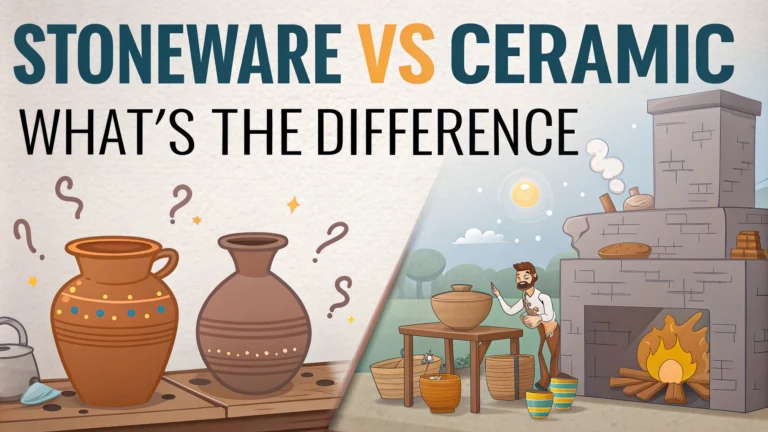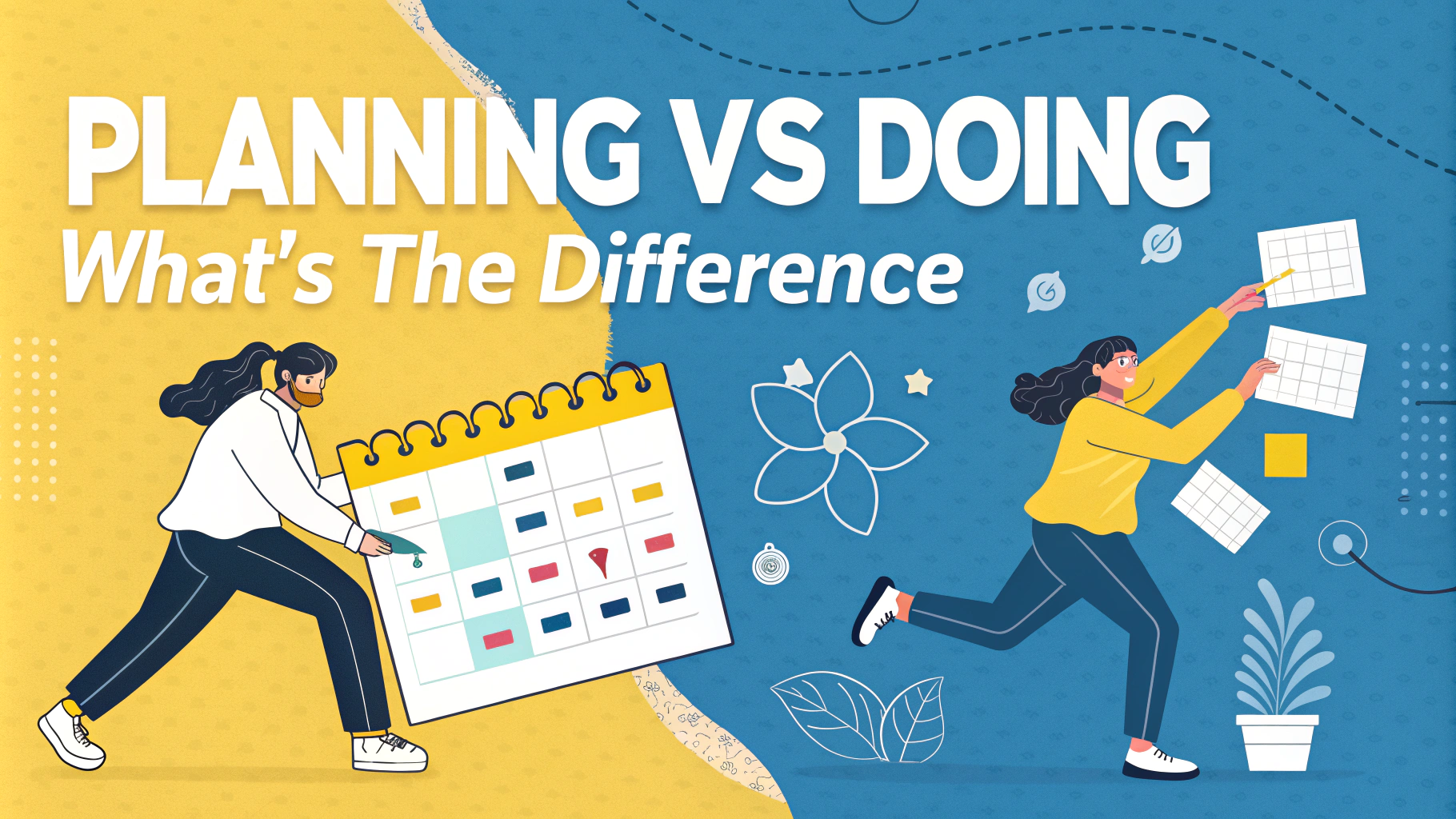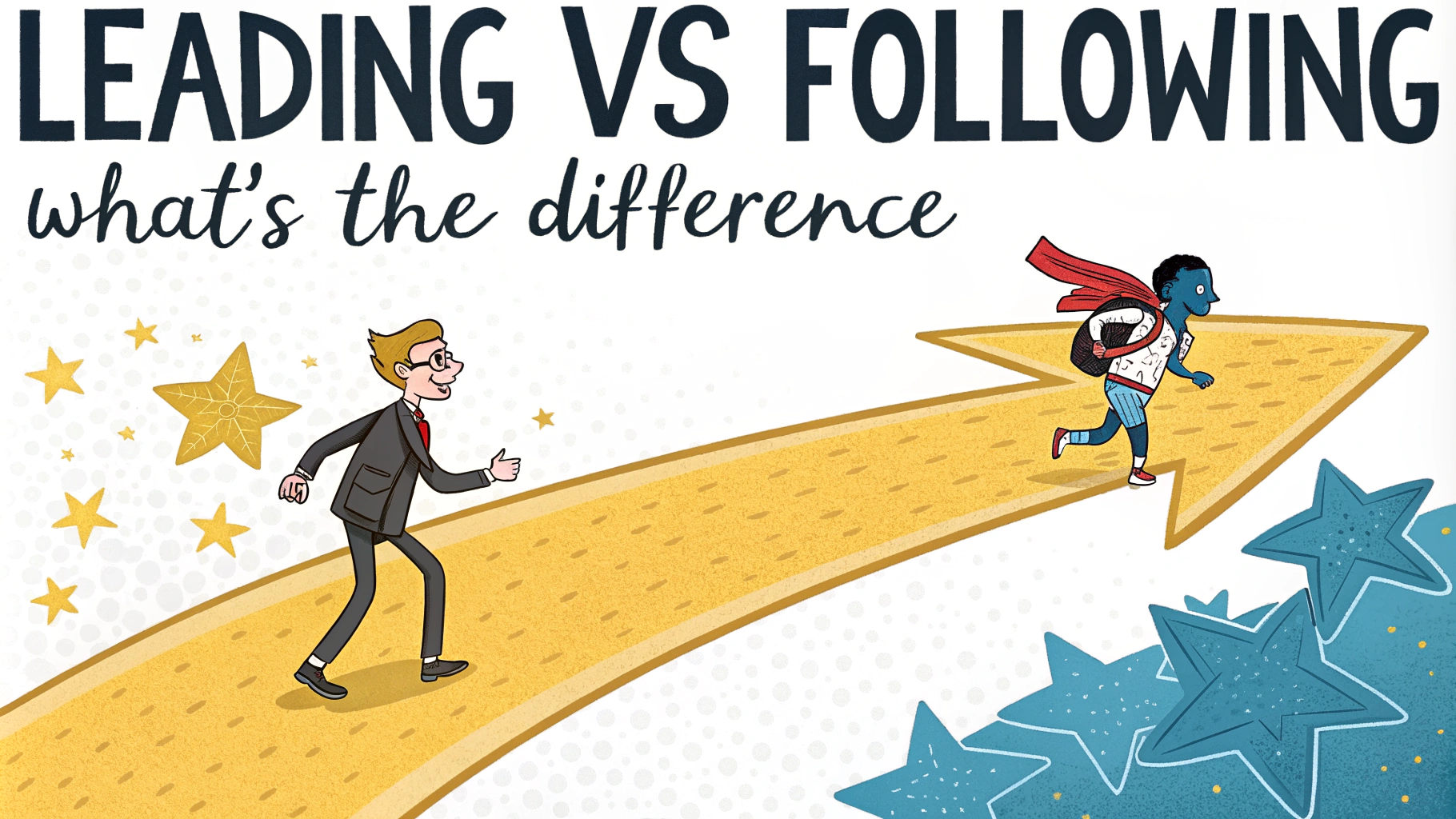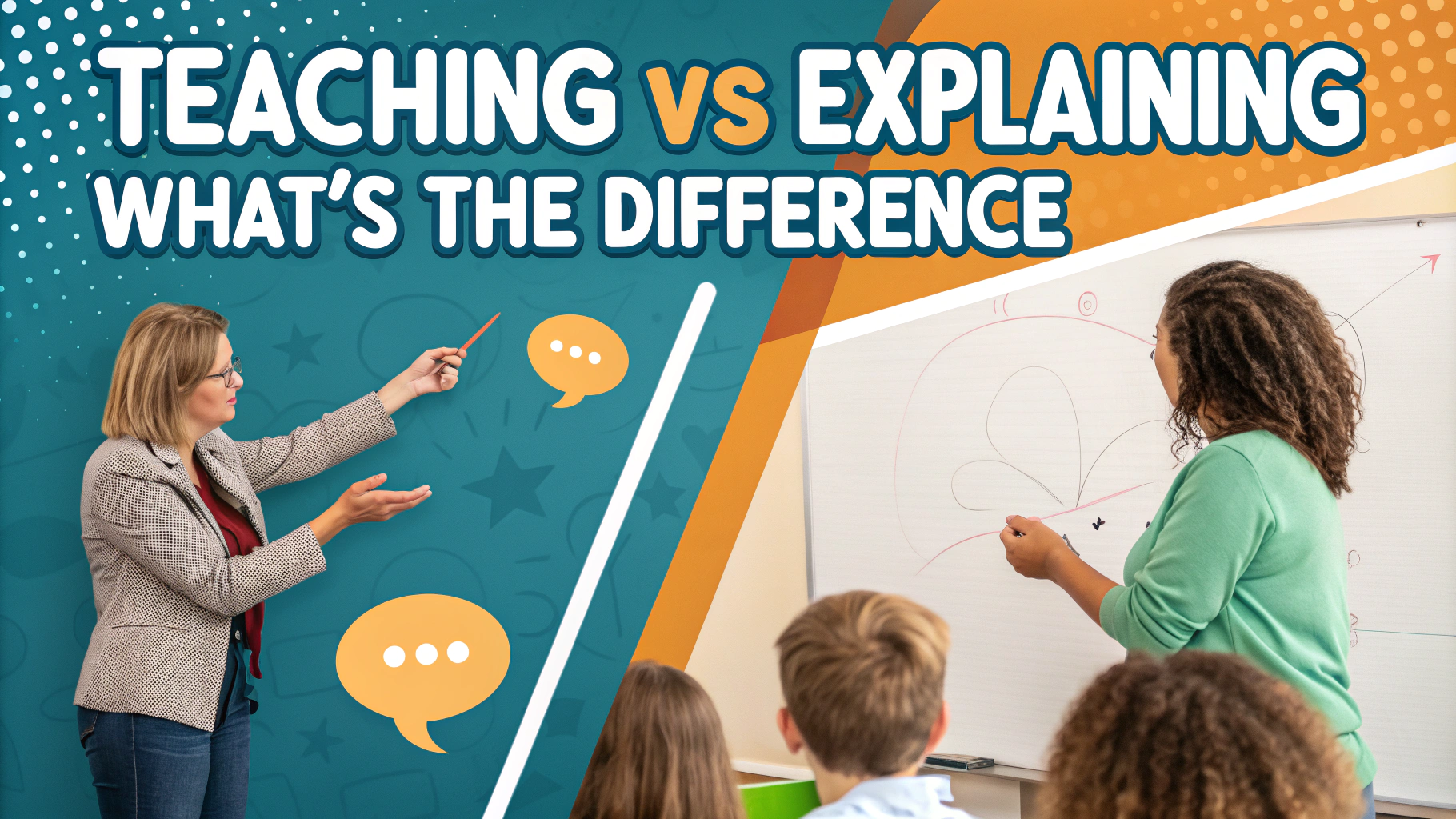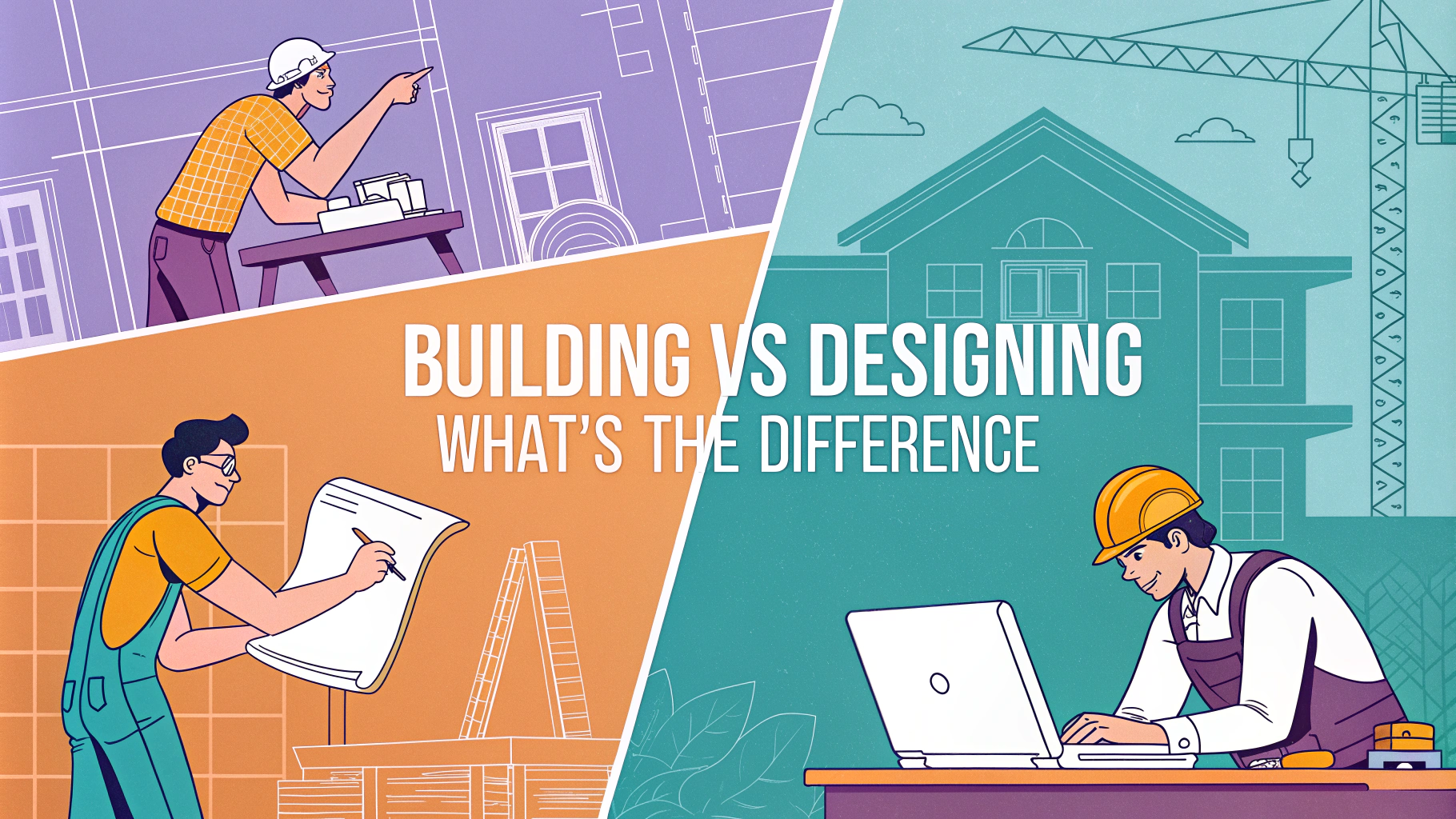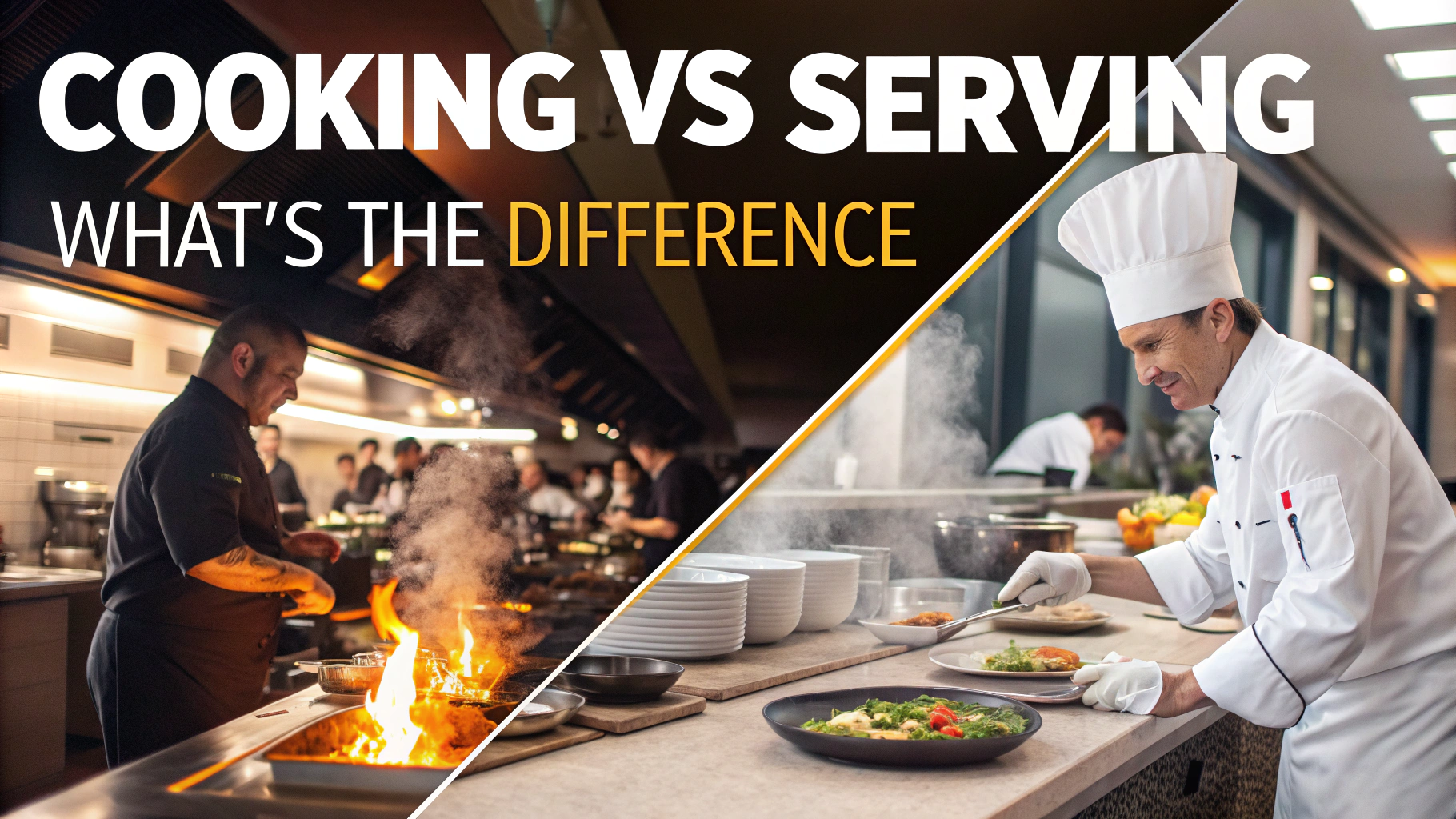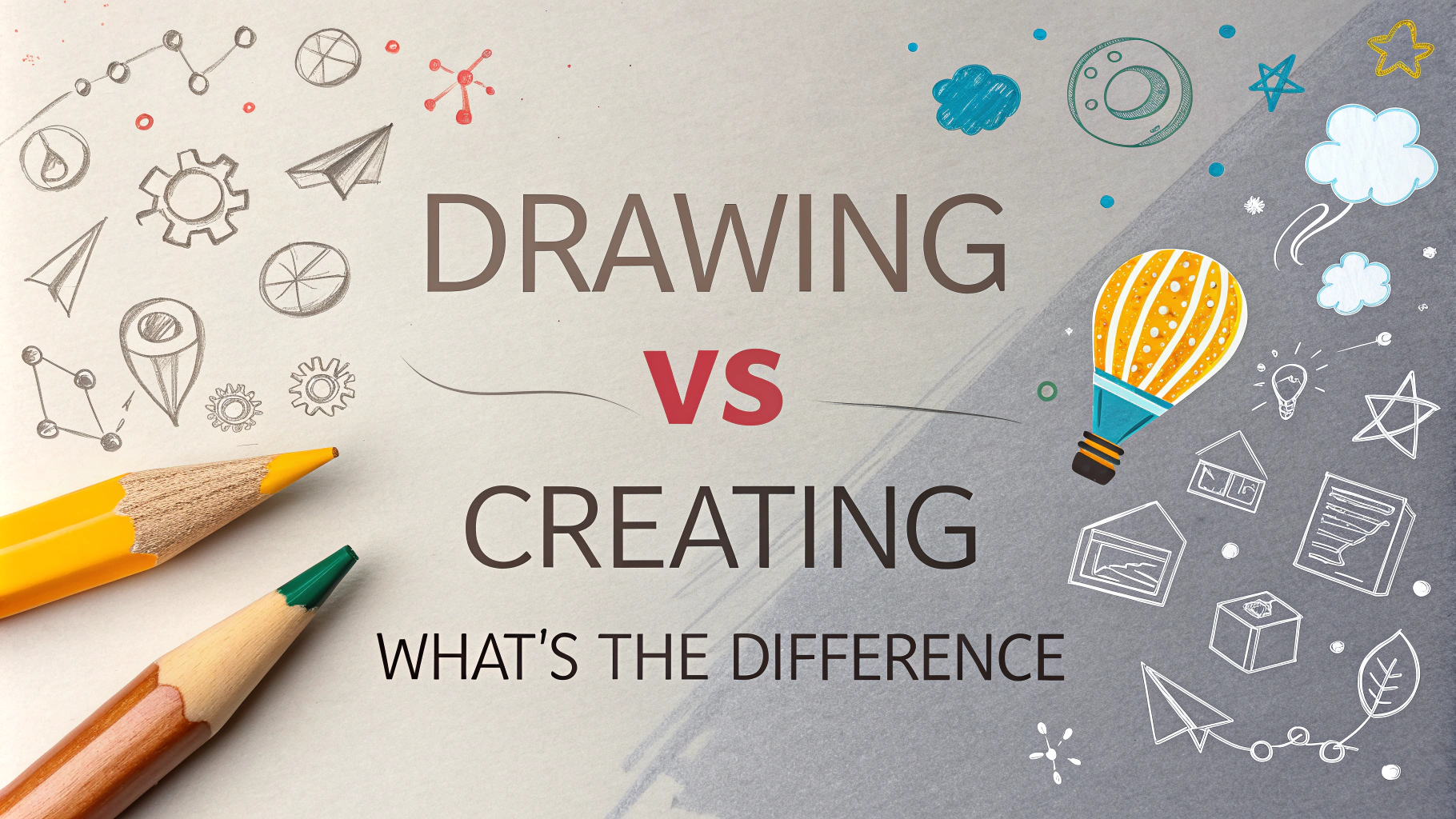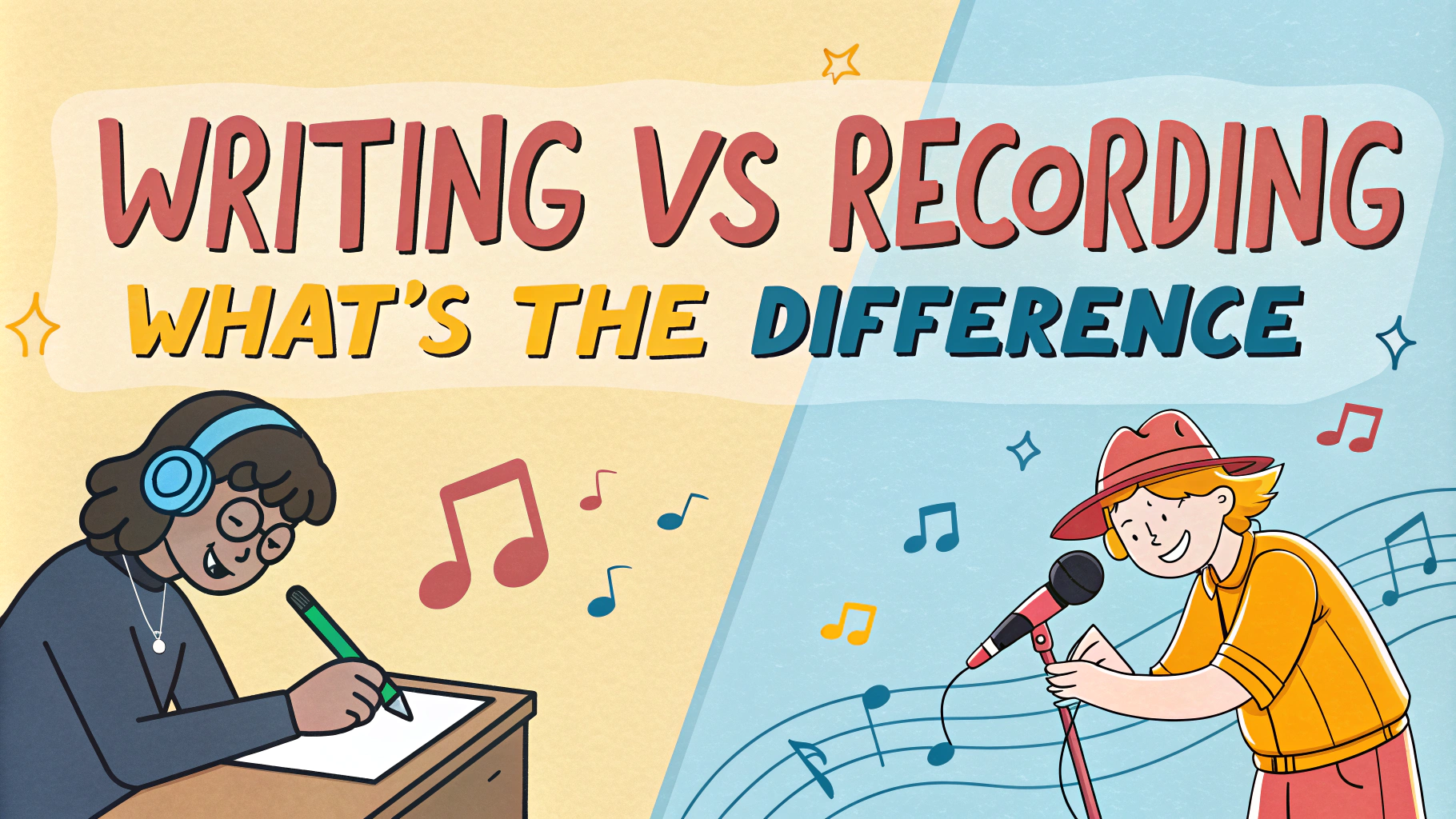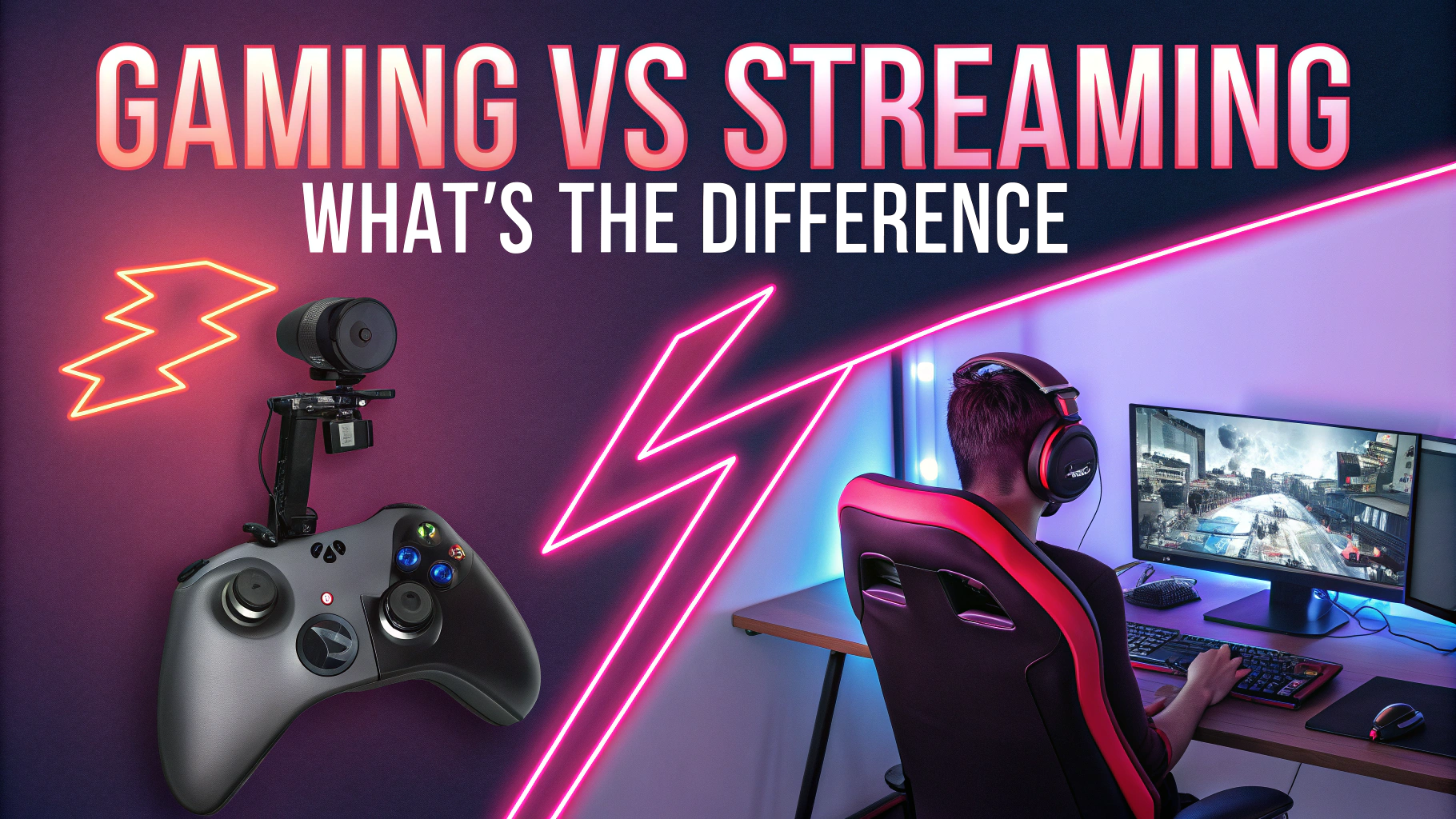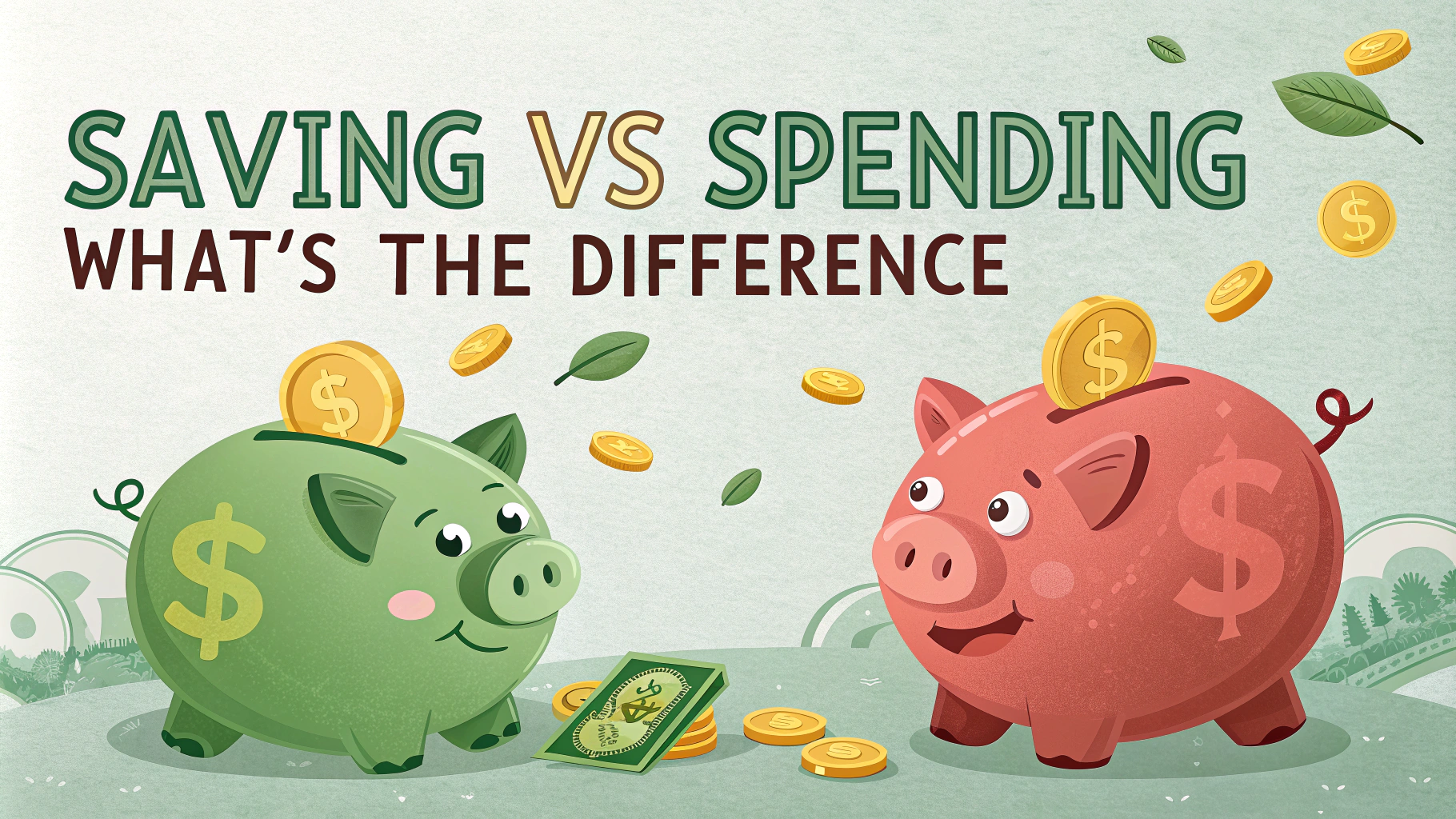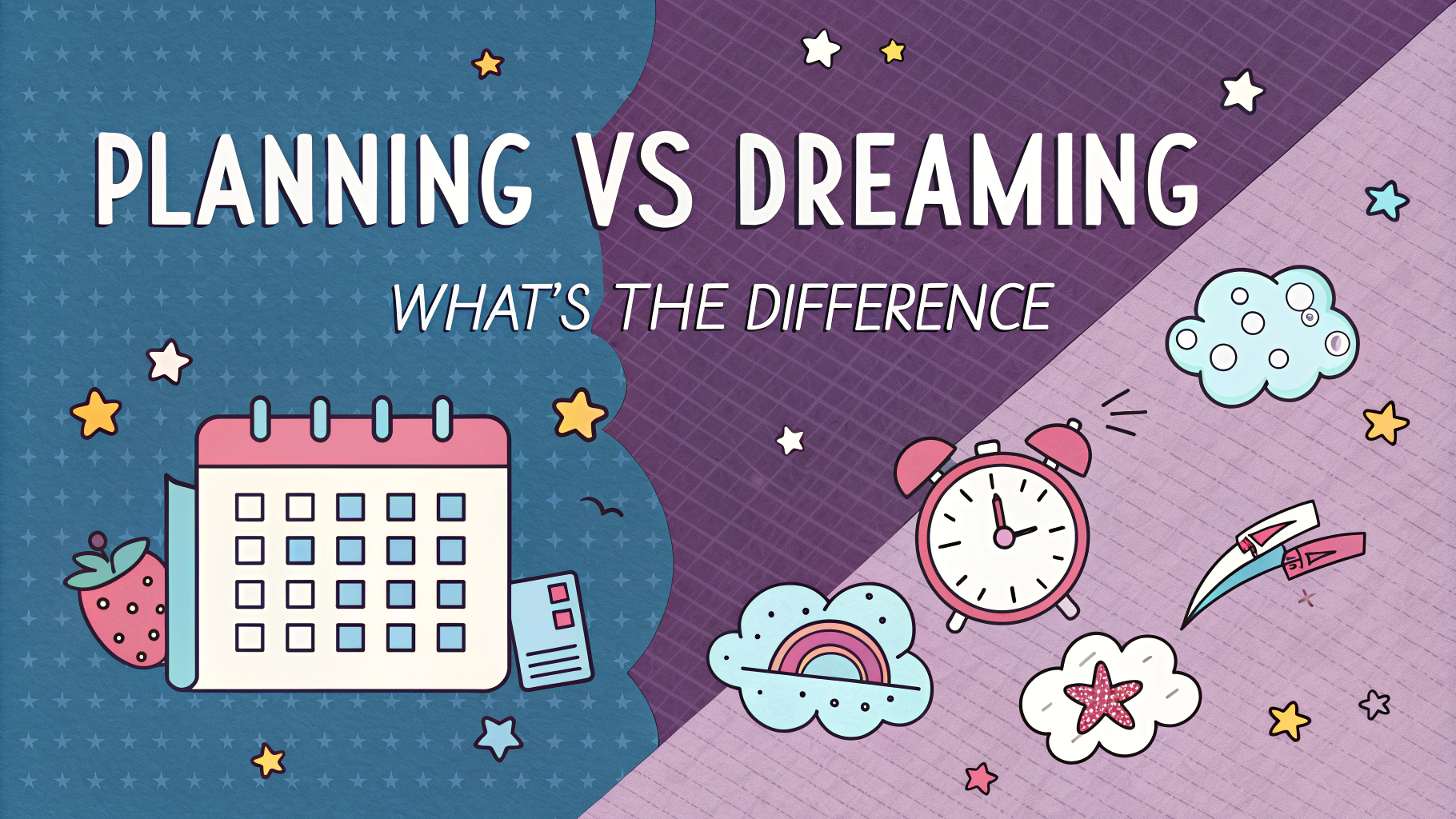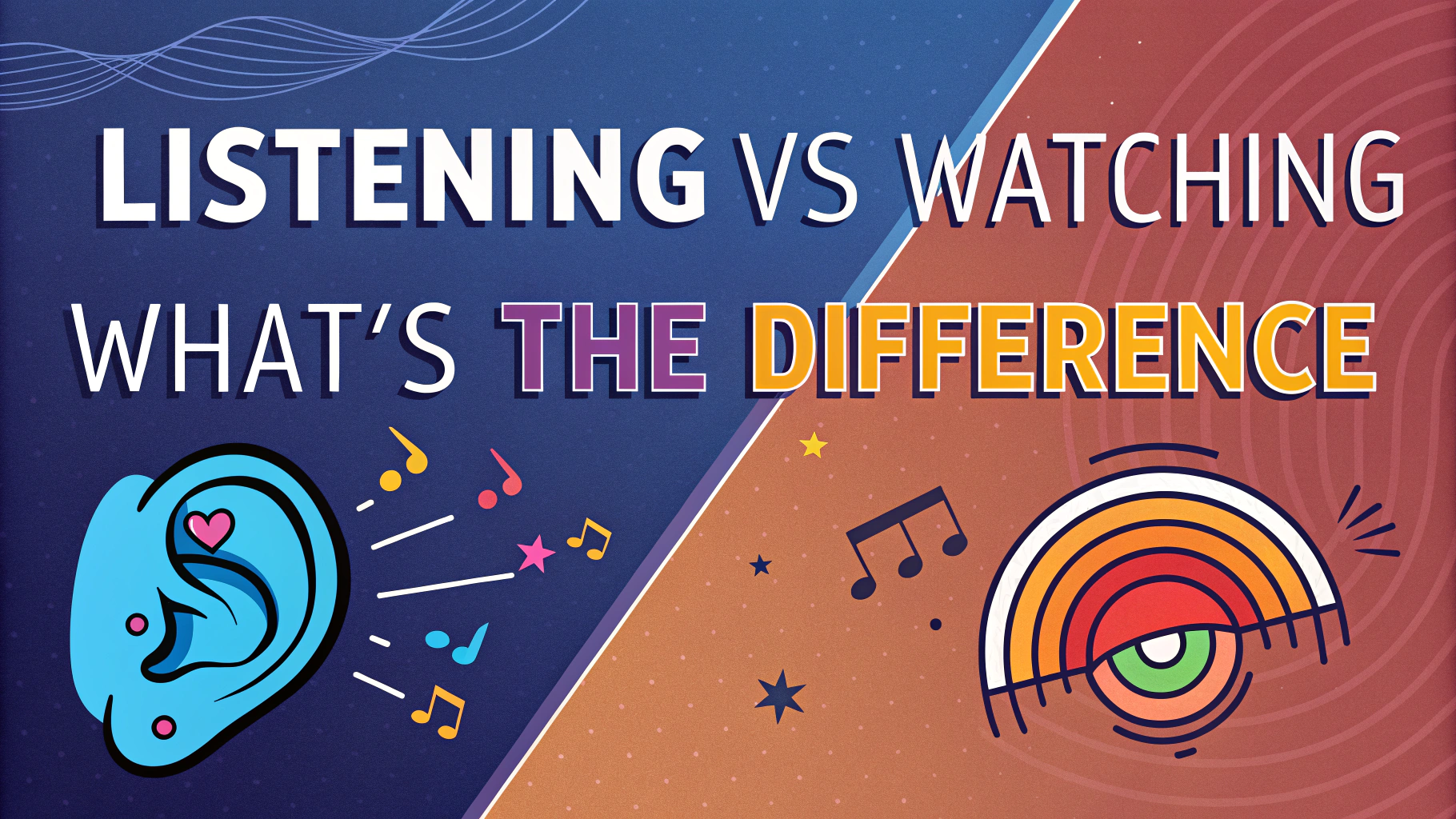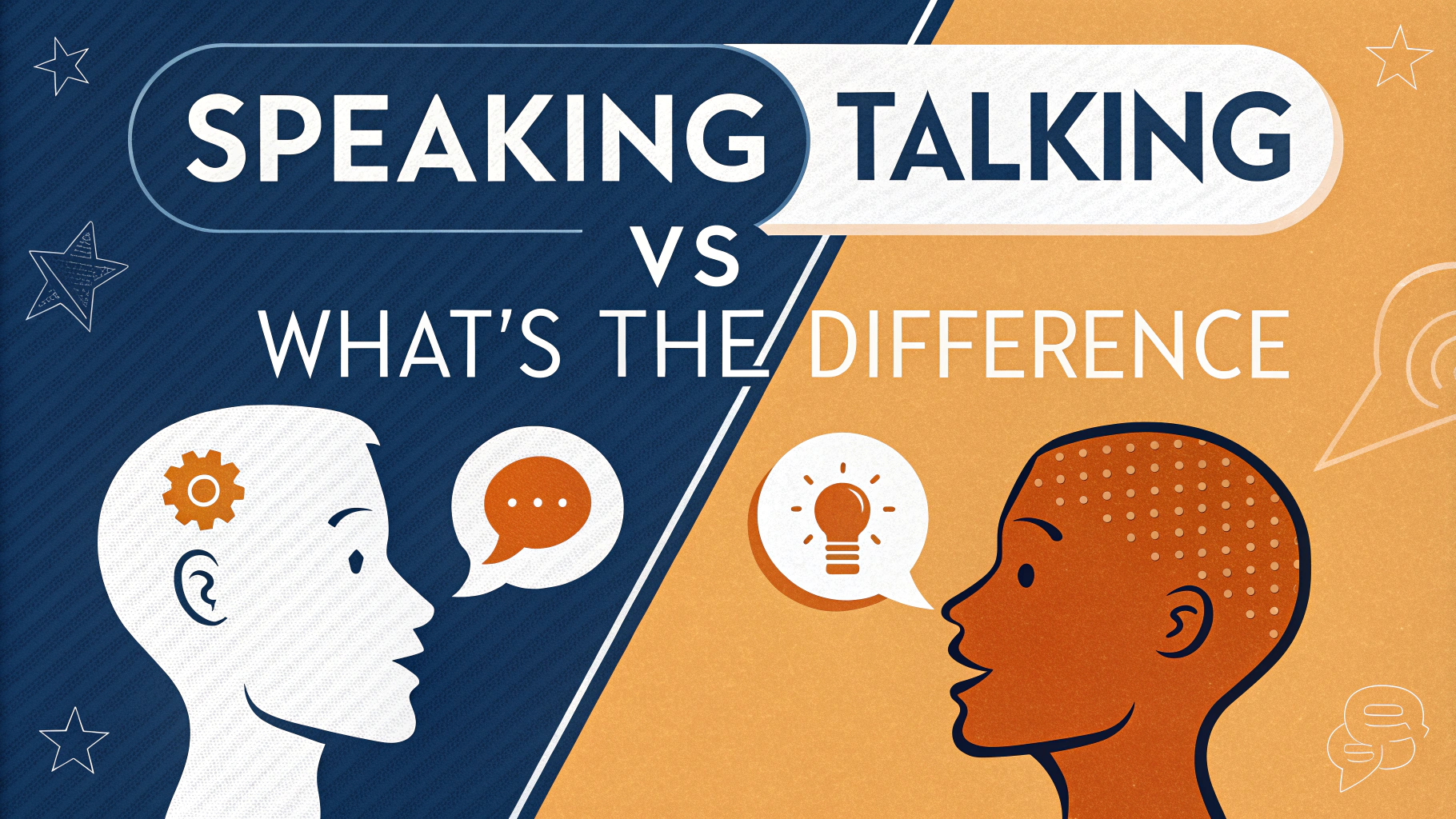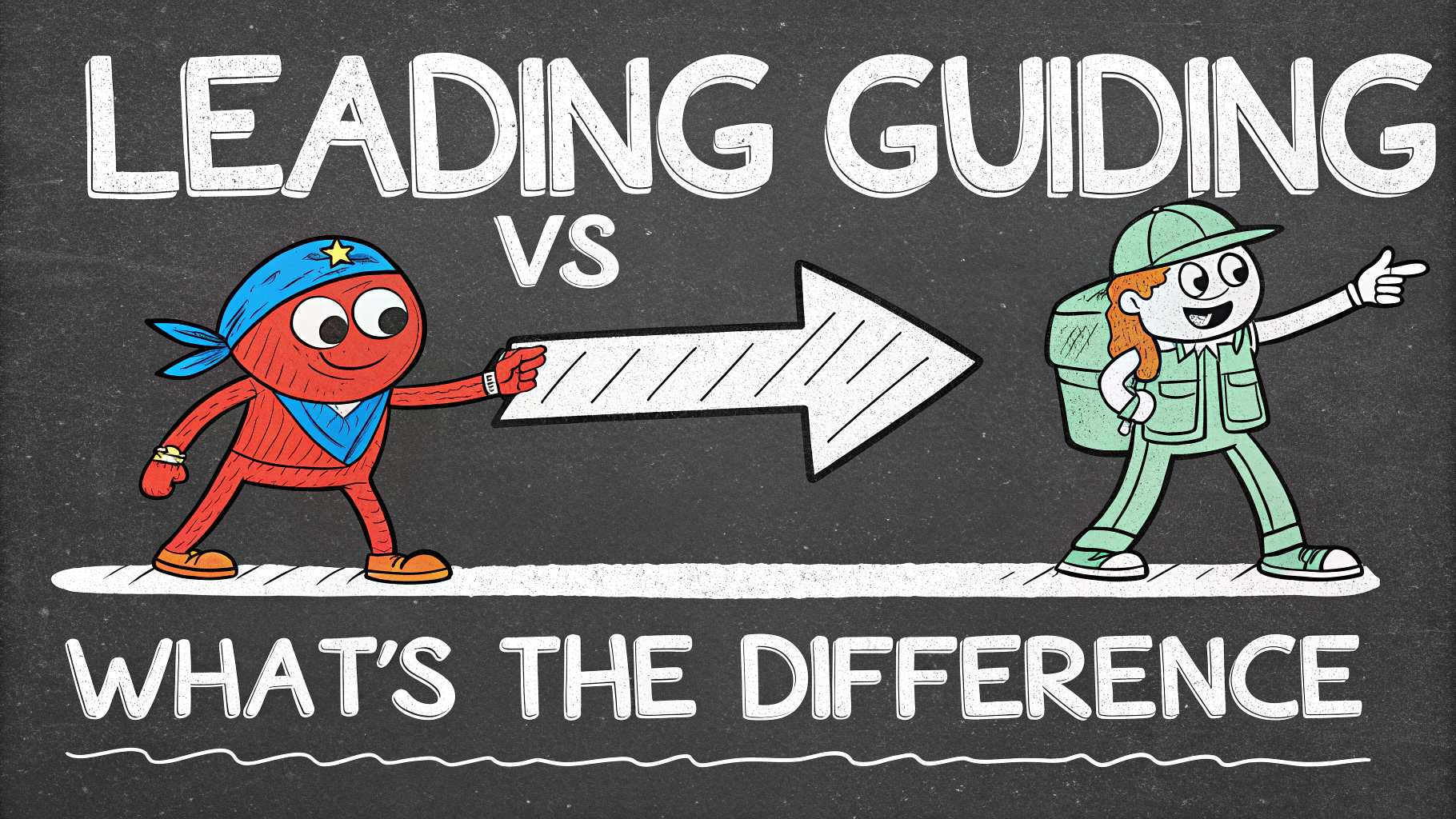Choosing between stoneware and ceramic cookware can be confusing. Both materials offer unique benefits and drawbacks for your kitchen. This quick guide will help you understand the key differences and make an informed decision.
We’ll explore the composition, durability, heat retention, and versatility of stoneware and ceramic. You’ll learn about their maintenance requirements and how they affect your cooking experience. By the end, you’ll be equipped to select the best option for your culinary needs.
Understanding Stoneware: Composition and Characteristics
Stoneware is a type of ceramic fired at high temperatures, typically between 2150°F and 2330°F. This process creates a dense, non-porous material with excellent durability and heat retention properties.
Key features of stoneware:
- Exceptional heat distribution
- Resistant to chipping and scratching
- Often has a rustic, earthy appearance
- Can be used in ovens, microwaves, and dishwashers
Ceramic Cookware: Versatility and Variety
Ceramic cookware encompasses a broad range of materials, including earthenware, porcelain, and bone china. These are fired at lower temperatures than stoneware, resulting in a more porous structure.
Characteristics of ceramic cookware:
- Lightweight and easy to handle
- Available in various colors and designs
- Generally more affordable than stoneware
- Some types may be less durable and more prone to chipping
Heat Retention and Cooking Performance
Stoneware excels in heat retention, making it ideal for slow-cooking and keeping food warm. It heats evenly and maintains a consistent temperature throughout the cooking process.
Ceramic cookware, while good at conducting heat, may not retain it as well as stoneware. However, it’s often preferred for its quick heating properties and versatility in different cooking methods.
| Property | Stoneware | Ceramic |
|---|---|---|
| Heat Retention | Excellent | Good |
| Even Heating | Very Good | Good |
| Cooking Time | Longer | Shorter |
Choosing the Right Cookware for Your Needs
Selecting between stoneware and ceramic cookware depends on your cooking style and preferences. Consider these factors:
- Cooking methods: Stoneware excels in slow-cooking and baking, while ceramic is versatile for various techniques.
- Maintenance: Stoneware requires seasoning but is generally easier to clean. Ceramic may need more careful handling.
- Aesthetics: Ceramic offers more design options, while stoneware has a rustic charm.
- Budget: Ceramic tends to be more affordable, but stoneware can be a long-term investment.
Maintenance and Care Tips
Proper care extends the life of your cookware and maintains its performance. Follow these guidelines:
Stoneware Care:
- Season before first use
- Avoid sudden temperature changes
- Clean with hot water and a soft brush
- Avoid harsh detergents
Ceramic Care:
- Hand wash to prevent chipping
- Use soft sponges to avoid scratching
- Store carefully to prevent damage
- Check manufacturer’s instructions for oven and microwave use
Health and Safety Considerations
Both stoneware and ceramic can be safe options for cooking, but there are some factors to consider:
| Aspect | Stoneware | Ceramic |
|---|---|---|
| Lead Content | Generally lead-free | Check for lead-free certification |
| Non-stick Properties | Natural non-stick when seasoned | May have non-stick coatings |
| Chemical Leaching | Minimal risk | Potential risk with low-quality glazes |
Always purchase cookware from reputable sources and check for safety certifications.
Environmental Impact and Sustainability
Consider the environmental aspects of your cookware choice:
- Durability: Stoneware’s longevity can reduce waste over time.
- Production process: Ceramic manufacturing typically requires less energy than stoneware.
- Recyclability: Both materials can be difficult to recycle, emphasizing the importance of durability.
Opt for cookware that aligns with your sustainability goals and cooking needs.
Conclusion: Making Your Decision
Choosing between stoneware and ceramic cookware involves balancing various factors:
- Cooking style: Match the material to your preferred cooking methods.
- Maintenance commitment: Consider the care requirements of each option.
- Aesthetic preferences: Select cookware that complements your kitchen decor.
- Budget constraints: Weigh initial costs against long-term value.
By considering these aspects, you can select cookware that enhances your culinary experience and meets your specific needs. Remember, the best choice is one that you’ll enjoy using and that fits seamlessly into your cooking routine.
FAQs about Stoneware vs. Ceramic
1. What’s the main difference between stoneware and ceramic?
The main difference lies in their composition and firing temperature. Stoneware is fired at higher temperatures (2150°F to 2330°F) than most ceramics, resulting in a denser, more durable material.
2. Is stoneware more durable than ceramic?
Generally, stoneware is more durable than ceramic due to its higher firing temperature, which creates a non-porous surface and increased strength.
3. Can stoneware go in the microwave?
Yes, most stoneware is microwave-safe. However, always check the manufacturer’s instructions to be certain.
4. What are the advantages of ceramic dinnerware over stoneware?
Ceramic dinnerware advantages include:
- Lighter weight
- Often less expensive
- Available in a wider variety of colors and designs
- Generally dishwasher-safe
5. Is stoneware better for baking than ceramic?
Stoneware is often preferred for baking due to its heat retention properties and even heat distribution. It’s particularly good for breads and pizzas.
6. How do I care for stoneware dishes?
To care for stoneware:
- Hand wash when possible
- Avoid sudden temperature changes
- Use gentle, non-abrasive cleaners
- Season unglazed stoneware before first use
7. Are there any health concerns with using ceramic cookware?
Some ceramic cookware may contain lead or cadmium in the glaze. Always purchase from reputable manufacturers and check for compliance with safety standards.
8. What’s the difference between stoneware and porcelain?
Porcelain is a type of ceramic fired at very high temperatures, resulting in a translucent, fine-grained material. Stoneware is opaque and typically more durable than porcelain.
9. Can stoneware be used on the stovetop?
Most stoneware is not suitable for stovetop use. It’s designed for oven use and can crack if exposed to direct heat from a burner.
10. Which is better for everyday use: stoneware or ceramic plates?
This depends on personal preference. Stoneware is more durable but heavier, while ceramic plates are lighter and often more affordable. Consider your lifestyle and needs when choosing.
11. How does the price of stoneware compare to ceramic?
Generally, stoneware tends to be more expensive than standard ceramic due to its durability and manufacturing process. However, prices can vary widely based on brand and quality.
12. Are there eco-friendly options in stoneware or ceramic?
Yes, both stoneware and ceramic can be eco-friendly. Look for:
- Locally produced items
- Products made from recycled materials
- Brands with sustainable manufacturing practices
13. Can stoneware and ceramic be recycled?
Most stoneware and ceramic items cannot be recycled through standard recycling programs. However, they can often be repurposed or donated if in good condition.

